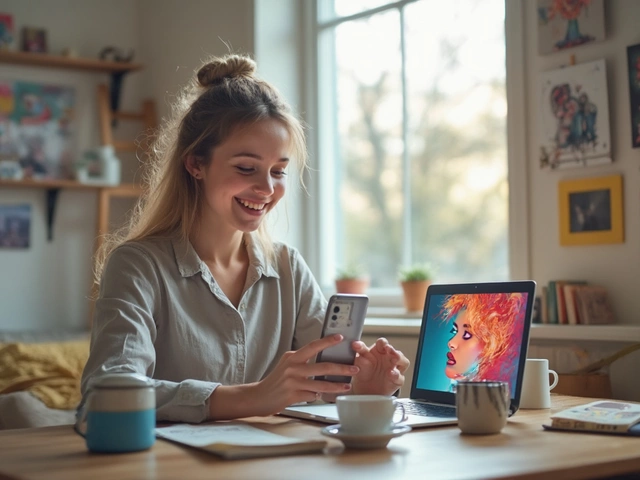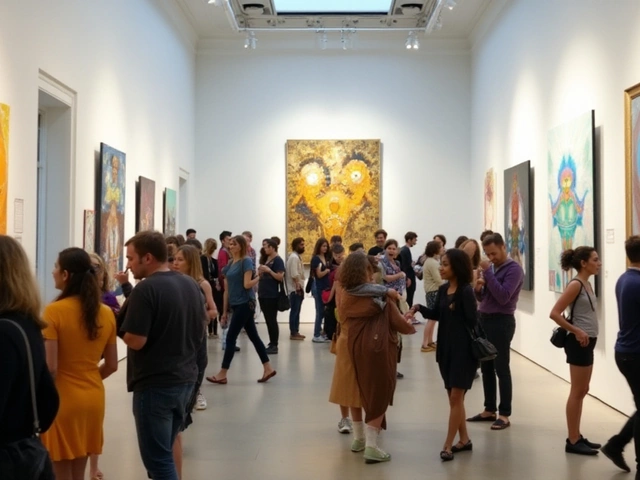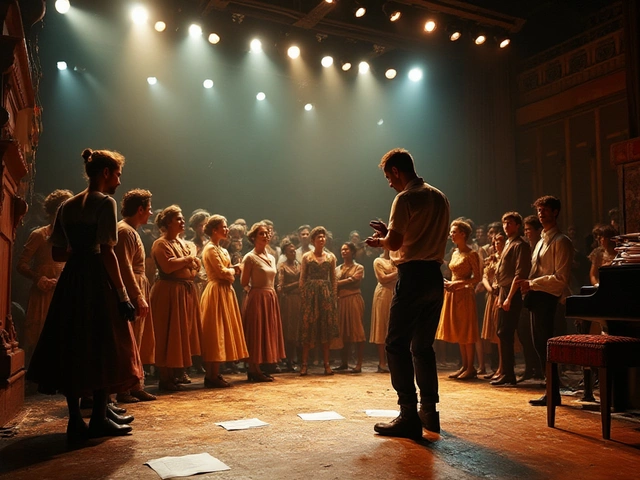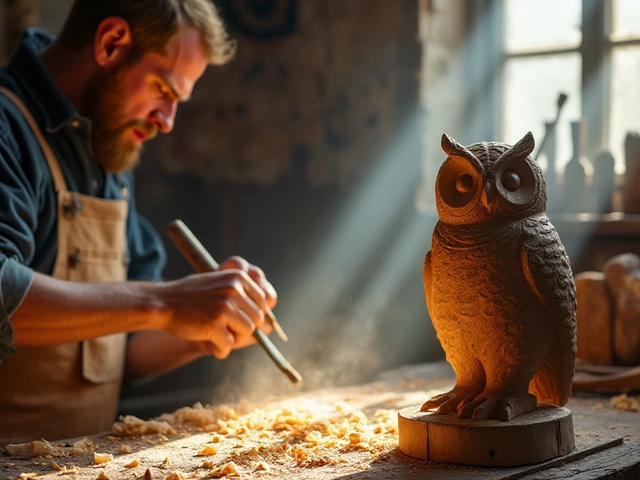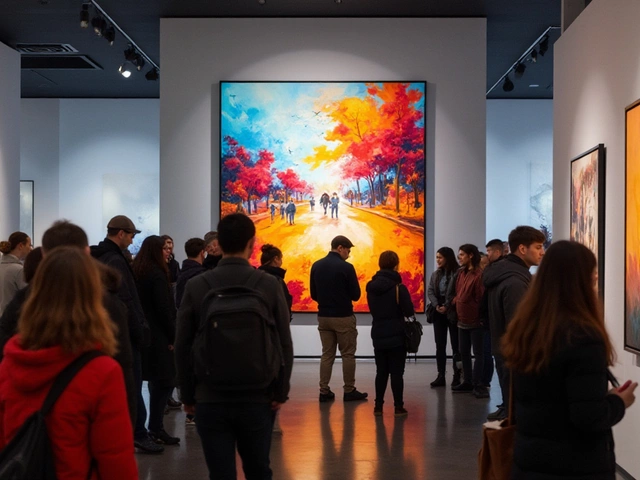Creative Process: How Artists Turn Ideas into Finished Works
When exploring Creative Process, the series of steps an artist follows from initial spark to a finished piece. Also known as artistic workflow, it blends mindset, skill, and material choices. The creative process isn’t a single flash of genius; it’s a loop of planning, experimenting, and refining. Early on, Inspiration, the personal or external trigger that sparks the idea fuels the direction. From a walk on the Pembrokeshire coast to a striking color in a sunset, that spark starts the chain. Next, Artistic Techniques, the specific methods like glazing, layering, or carving used to shape the work come into play, translating the vague feeling into tangible marks. Artists often juggle multiple techniques, switching between brushwork, knife cuts, or digital layering depending on the medium.
Key Stages and Supporting Elements
One critical stage is Composition, the arrangement of visual elements to guide the viewer’s eye. Good composition balances focal points, negative space, and rhythm, turning raw ideas into compelling visuals. After sketching a layout, artists decide on Medium Selection, the choice of material—oil, watercolor, clay, or digital tools—that will carry the final expression. Medium choice shapes texture, drying time, and even the emotional tone of the piece. The creative process therefore requires a feedback loop: the medium influences technique, which in turn may reshape composition, leading back to fresh inspiration.
Because the creative process is iterative, many artists keep a visual journal or a digital board to capture fleeting ideas. That habit ensures inspiration isn’t lost between the briefing and the brushstroke. Once a work reaches a satisfactory state, the final step is evaluation—stepping back, seeking critique, and making subtle tweaks. This polishing phase ties together all earlier decisions, confirming that inspiration, technique, composition, and medium selection all serve the original vision.
Below you’ll find a curated collection of articles that dig deeper into each of these elements—hard‑core technique guides, composition tricks, medium comparisons, and ways to nurture inspiration in the Pembrokeshire art scene. Dive in to see how the pieces fit together and boost your own creative workflow.
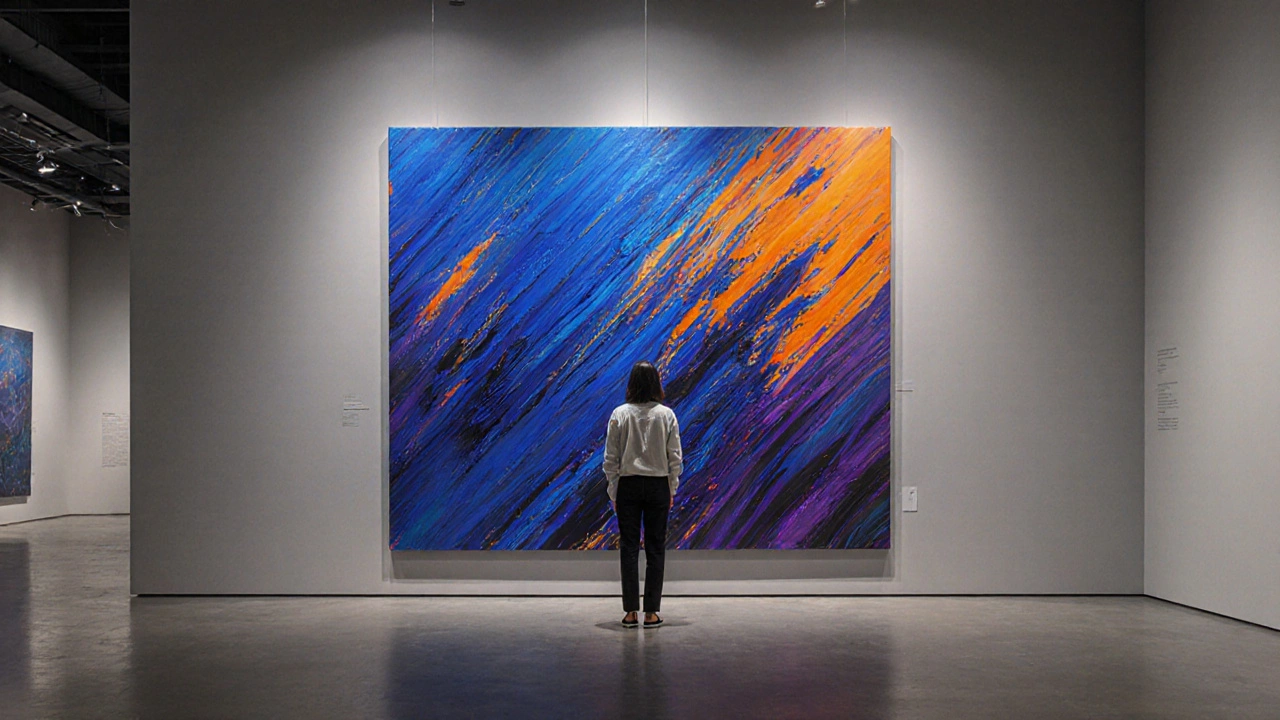
Discover the essential traits, techniques, and strategies that define a successful abstract artist, from mastering color theory to building a market-ready portfolio.
